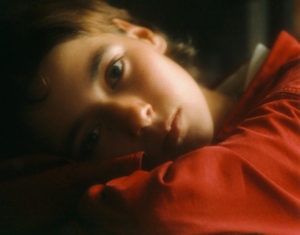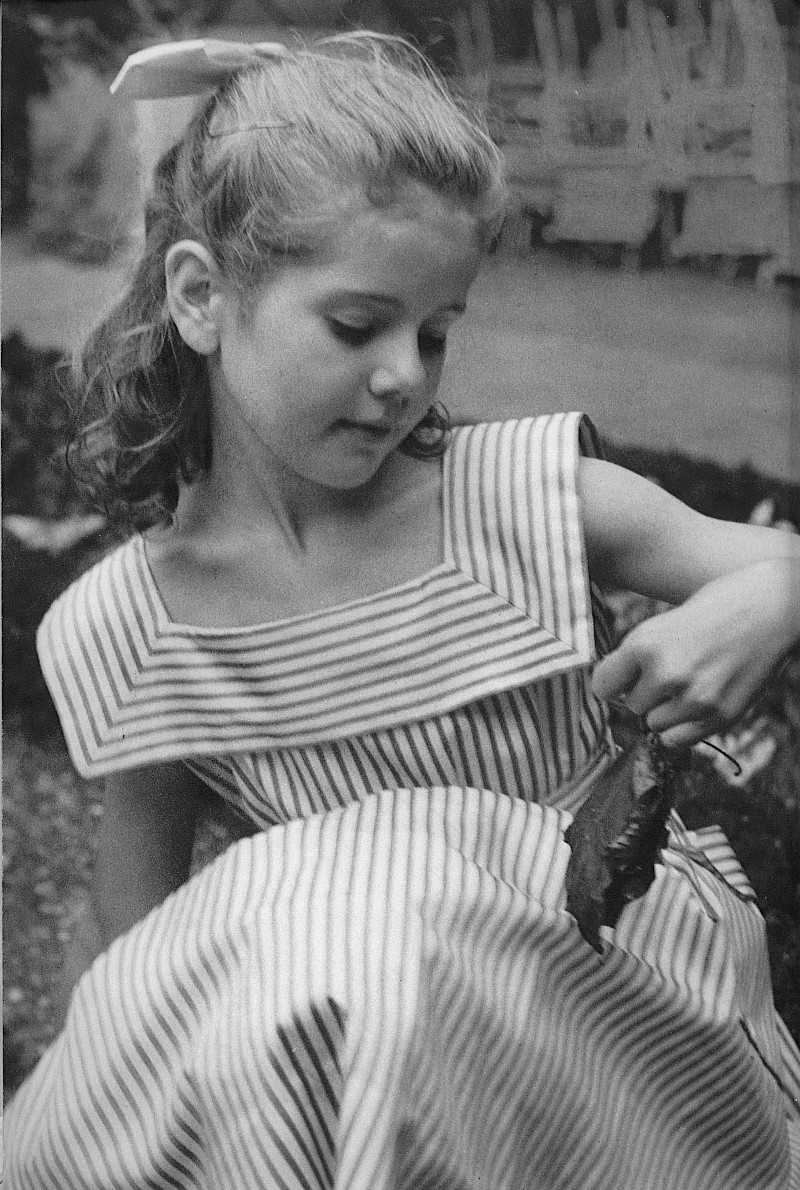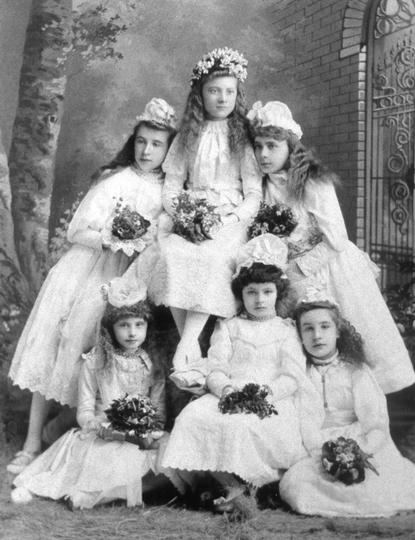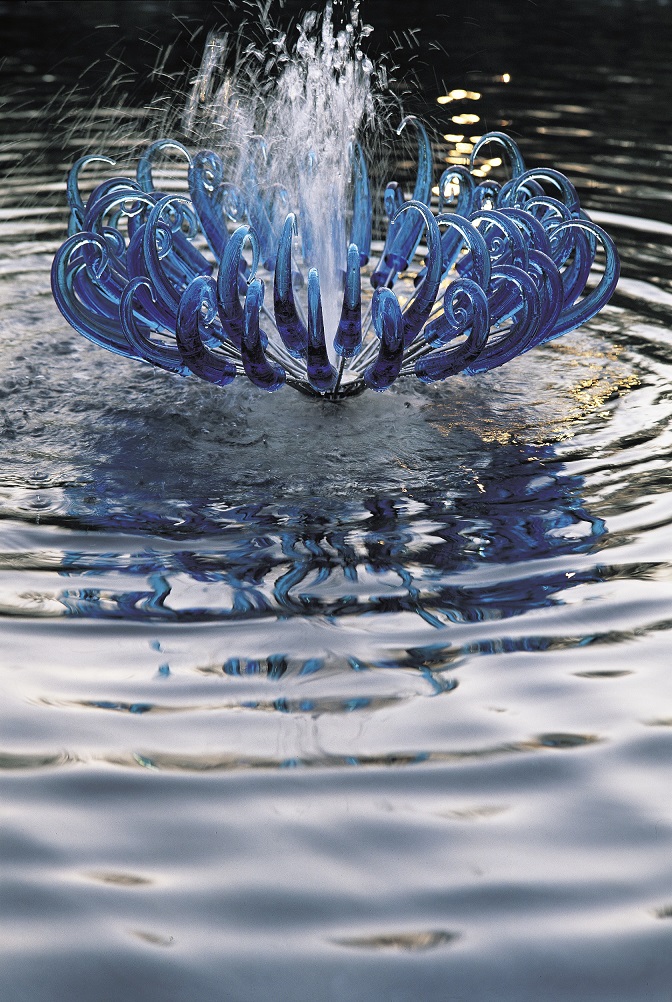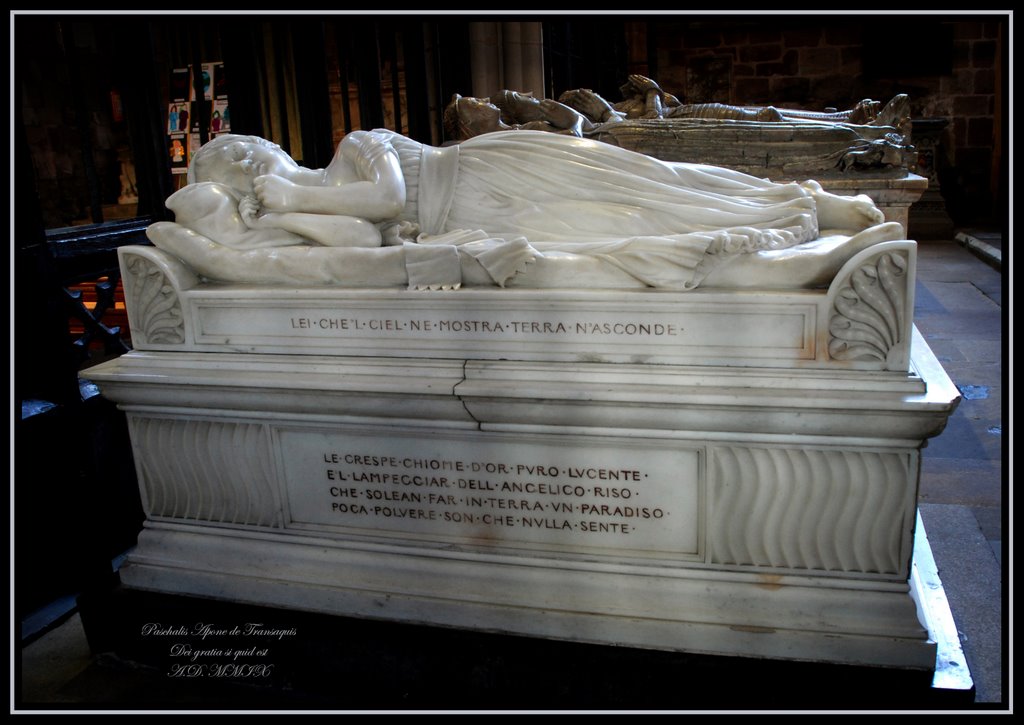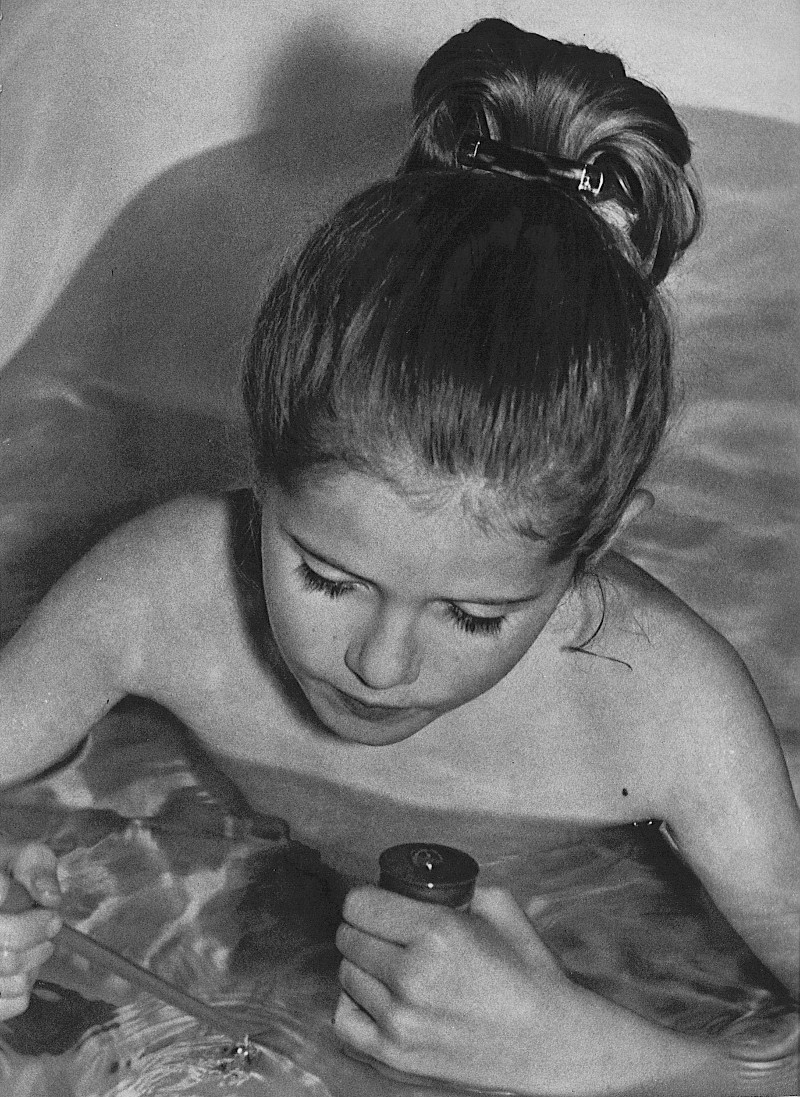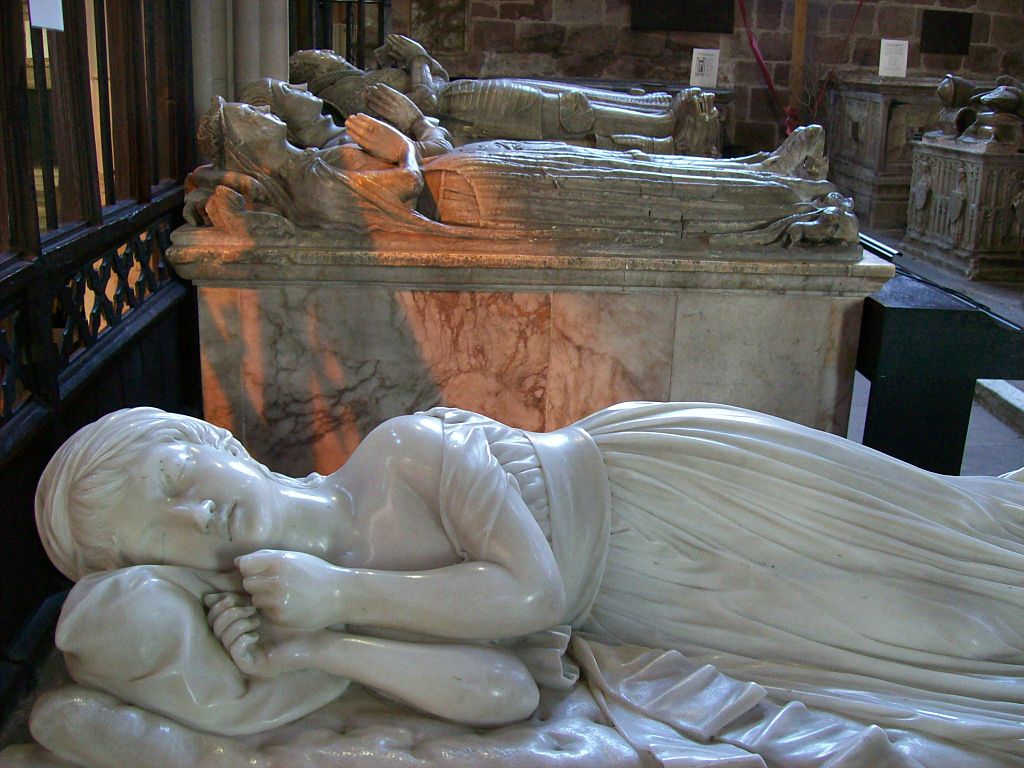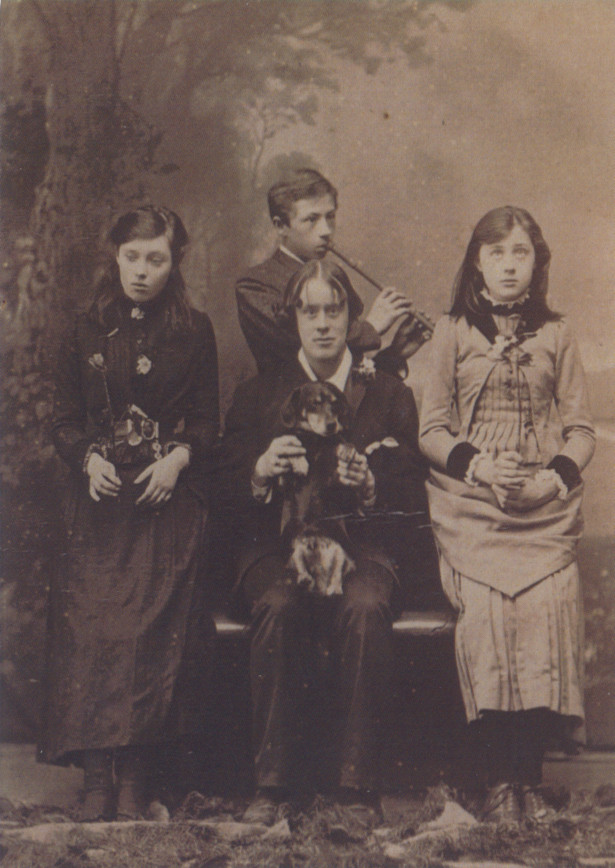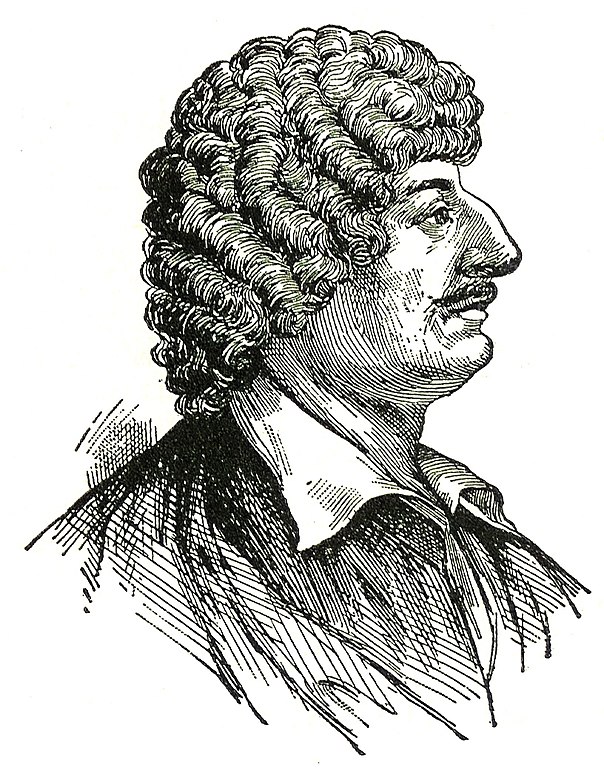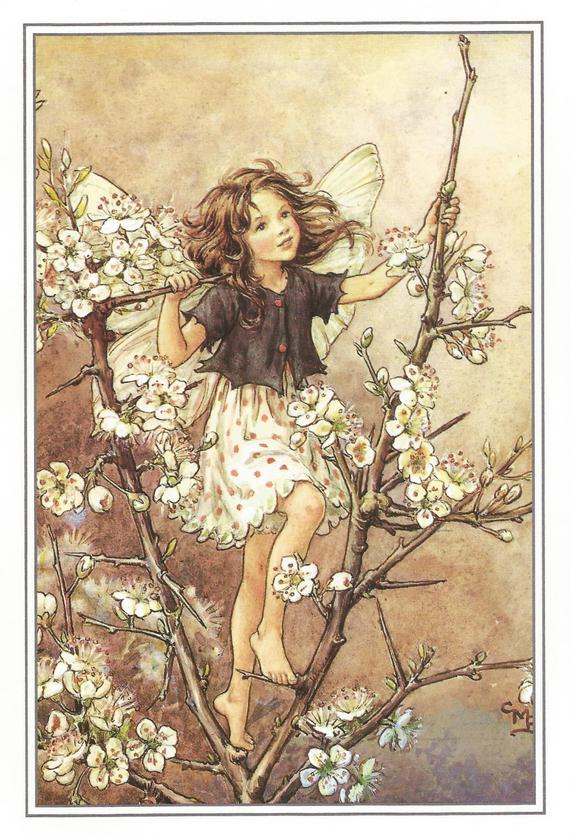
In 1796, Brooke Boothby published Sorrows. Sacred to the Memory of Penelope, a collection of poems in memory of his deceased daughter Penelope. The collection consists of 24 numbered sonnets, two longer poems both called Elegy, and a final 12-verse poem called Stanzas. In two previous posts I transcribed 7 of the 24 sonnets. Now I reproduce one of its two elegies. In this sad poem, Boothby longs to die and to have his body deposited by a friend into Penelope’s tomb, so that his ashes can mix with hers. Then, being rid of his body, he imagines his daughter greeting him in heaven, taking him by the hand and crowning him with a wreath of flowers. CONTINUE READING / CONTINUER LA LECTURE…
